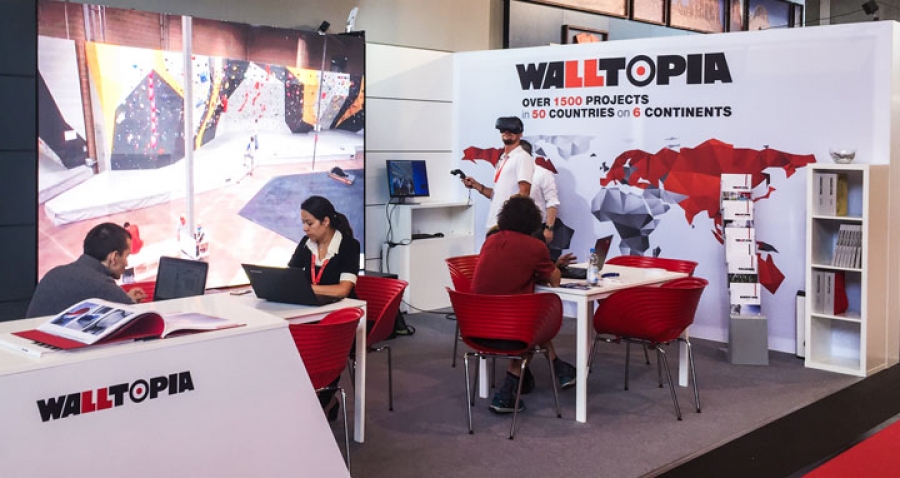The Impact of Active Entertainment on the FEC

The “experience economy phenomenon” was first mentioned in the early nineties and has gained tremendous momentum, enhanced by social media and the culture of sharing. From food photographs to Instagram stories of wacky vacations, YouTube videos of flash mobs, TikToks of gigantic music festivals, or even performative gaming – the last decade is all about proving that we are doing more, experiencing more, and because of that – living more.
Social media has changed memories from something subjective to something that can be effortlessly and publicly quantified. This changed the concept of experience from “something you do” to “something you are.” This mentality – that social status comes not from “having” but from “being,” shapes the spending habits of the whole millennial and Gen Z generations.
The concept of Active Entertainment is extremely adequate for children and families. The appeal of kids happily playing with each other instead of being glued to a screen is a successful marketing ploy because it fills a void, both emotionally and in terms of exercise, that parents often feel unable to fill otherwise. Moreover, the trend is fueled by the millennial health craze to raise kids who are fitter, healthier, and environmentally conscious.
The benefits from these trends are reaped predominantly by the FEC centers. Of course, the high demand equals fierce competition, so the hunt for new and more exciting attractions is always on. From trampolines to soft play and giant slides – when it comes down to catering to the demand of physically challenging entertainment, the possibilities seem endless. It is when cognitive and physical challenges need to be combined into one attraction that things get a bit trickier, and only a few types of attractions seem to be able to hit the mark.
Given this, it comes as no surprise that the entertainment industry has been booming in the last decade. And while the classics like Arcades or Bumper Cars are still common, trends like Active Entertainment, where Walltopia is one of the main market players, are rising. The concept merges Entertainment with physical exercise and healthy doses of adrenaline.
To give an example, FECs started adding an attraction that both optimizes their space and adds an engaging height activity. That could be the Suspended Walltopia Ropes Course or the Electric version of the Rollglider – perfect for indoor spaces – a smooth ride with 11 km/h speed along an unused ceiling spaces above already installed attractions.
Another version of the Rollglider – Jump&Run is a thrilling yet physically challenging adventure race that combines a dual-line racing Rollglider track with obstacles inspired by adventure courses. The ultimate goal is for every participant to get a taste of what it’s like to be a real-life video game hero.
One perfect example of successful Active Entertainment are the Walltopia Fun Walls – kids climbing walls specifically designed to enhance cognitive development in children as well as challenge their balance, coordination, and agility. They are already extremely “in,” and climbing centers designed solely for kids pop up in China, France, the UK, and the US.
Another Active Entertainment option for smaller and narrower spaces could be the artificial caving system developed by Walltopia. The attraction that combines exploration games with tunnels and obstacles embodies “edutainment” while being exciting and stimulating. Other attractions like Walltopia’s Adventure Trails, or the Cloud Climb cater to children’s desire to climb, compete and create imaginative games as a group.
Such activities claim sustainability – unlike video games, they rely not on flashy tricks but on training and building real connections between the participants, their parents, and the FEC center itself. All this makes it a fascinating opportunity for FECs to grow their business sustainably – by creating a community that engages both children and parents and brings them back repeatedly. This concept rings true even with the elephant in the room, Covid-19, present. After the lockdowns, now more than ever, people crave meaningful and shared experiences. And while being closed has been strenuous for businesses – it is also an opportunity to go in a new direction – one that is not only appealing but also sustainable.


